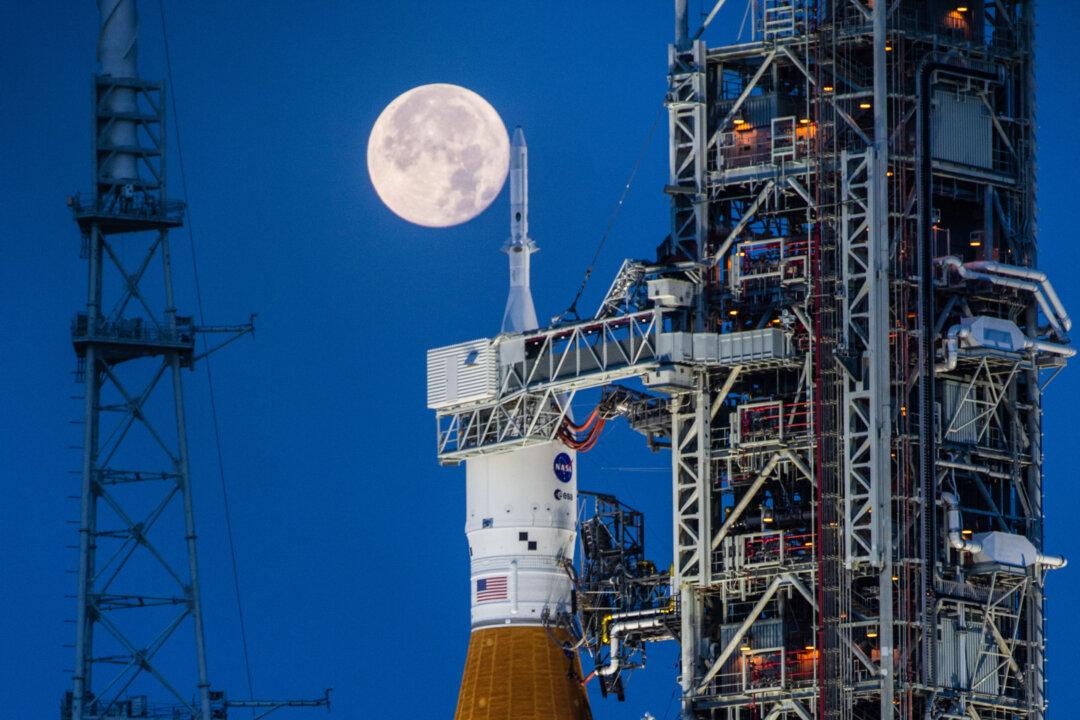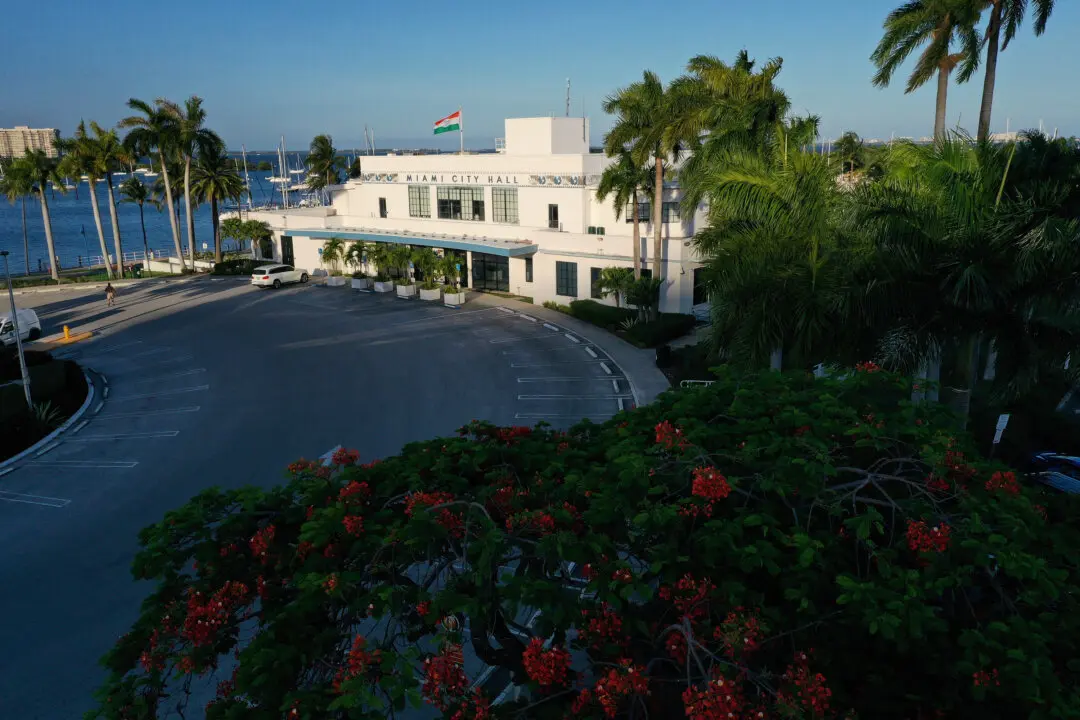The Artemis Accords got its 51st signatory this week, with Thailand joining the international agreement on Dec. 16.
Created in 2020, the accords are tied to NASA’s Artemis Program and are, according to the administration, intended to “establish a political understanding regarding mutually beneficial practices for the future exploration and use of outer space, with a focus on activities conducted in support of the Artemis Program.”





